2017HackadayPrize Final Video
Introduction
The rationale behind this project is based upon a radical theory of how all living systems, including humans, operate in dynamic, unpredictable environments. Instead of responding to stimuli we purposefully control and maintain the way we perceive the world at desired values. For example, when talking face to face with someone we control our perception of the space between us at a level that is comfortable to us, and move back or forward accordingly. The difference between this and the stimulus-response approach may seem subtle at first, but actually is fundamental in terms of the resulting architecture.
The stimulus-response approach actually requires a great deal of complexity and precision within the mapping between the stimulus and the response, as it needs to model the correct response for every instance of the stimulus. It would also need to deal with environmental disturbances which are generally unpredictable and unknown. This is not the case with the perceptual control approach as it is the perceptual input that is controlled not the action response. To put it another way it is not action that is controlled but the consequences of action. The perceptual control approach works by varying the action output to maintain the desired perception.
In this way it does not need a mapping between input and output (stimulus and response) and also is able to compensate for unpredictable environmental effects. In contrast to conventional approaches to behaviour and robotics, purpose (goals) is inherently embodied within the architecture of the closed-loop control system as the perceptual variable that is under control.
To give another example, when driving we control our perception of the car between the white lines (the goal). We don’t turn the wheel to a specific angle or by a specific amount, but until the perception is as desired. Many factors can affect the heading of the car; wheel balance, tyre pressures, rain, road surface and especially wind. But we don’t need to know anything about them as we simply counteract their combined effects on the perceived position of the car.
In principle, this approach, of a hierarchy of simple feedback control systems, can explain behaviour at all levels of complexity.
RAPTA is a system that embodies this goal-directed methodology, by way of a software platform for designing and implementing the hierarchical control system architecture on robotic hardware systems.
I am an independent researcher and am the sole designer and implementer of the software platform and hardware configuration associated with this project.
Robotics
The foundation, of a hierarchy of control systems, represents an ideal and relatively simple architecture to apply to general robotics, which I have described further in my recent paper in the Artificial Life journal, "A General Architecture for Robotics Systems: A Perception-Based Approach to Artificial Life."
Essentially, the architecture makes it possible to build up a hierarchy of perceptual control systems for increasingly complex behaviour. At the lowest level is the interface with the environment, comprising sensory inputs and actuator outputs. At each subsequent level the perception being controlled may be a more complex perception such as a combination of lower level perceptions or a derivative of a lower level perception.
So, this architecture enables a complex, goal-oriented robotic system to be constructed in a modular fashion just from the basic building block of a perceptual control feedback system. This avoids the complexities and inflexibilities of the conventional approaches of kinematics and intricate mathematical models of the physics of the world and the dynamics of motion.
The application of this methodology to artificial systems has significant implications for the world of robotics. It indicates that complex systems can be developed from simple principles that everyone can understand. These systems...
Read more » Rupert Young
Rupert Young

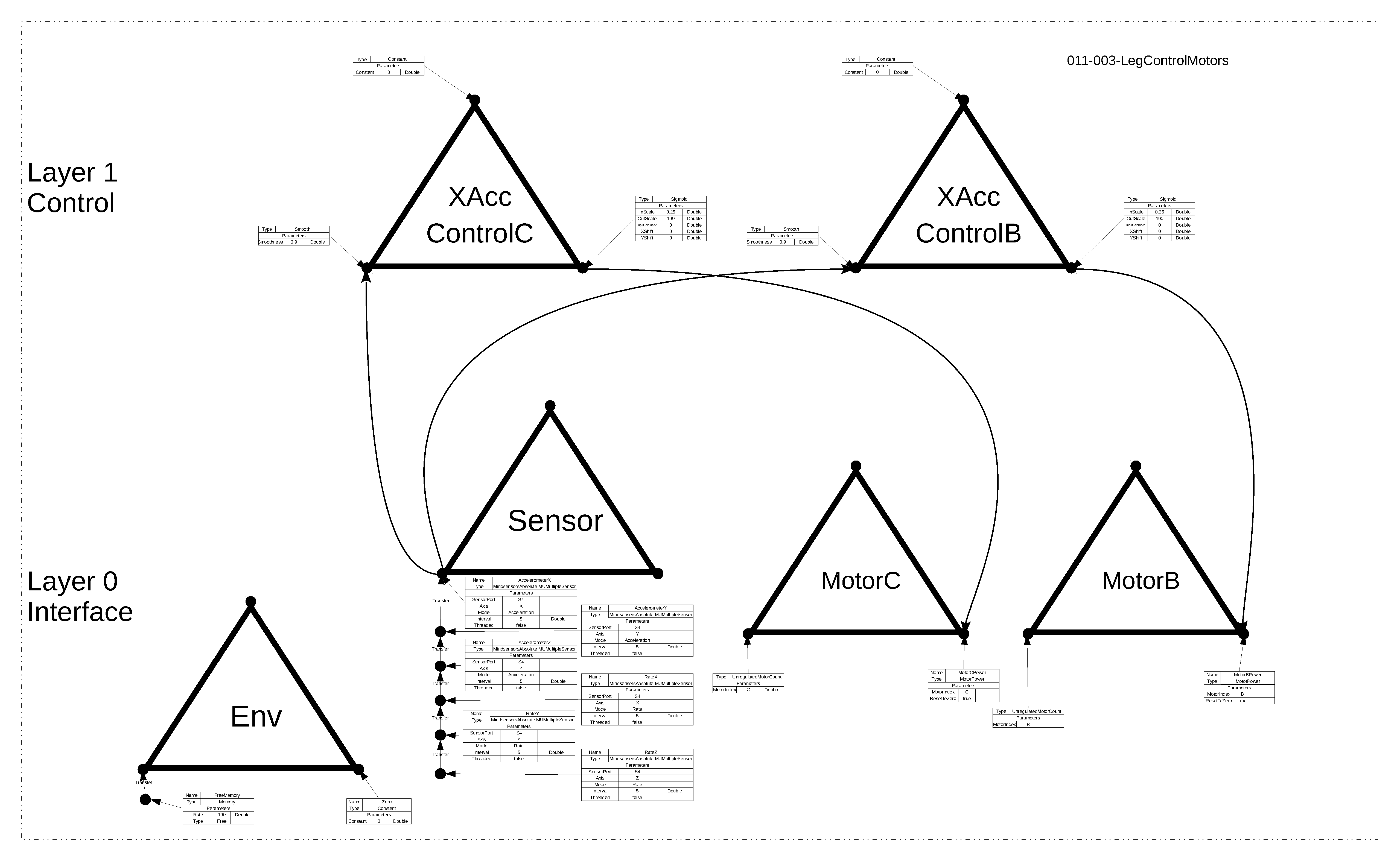

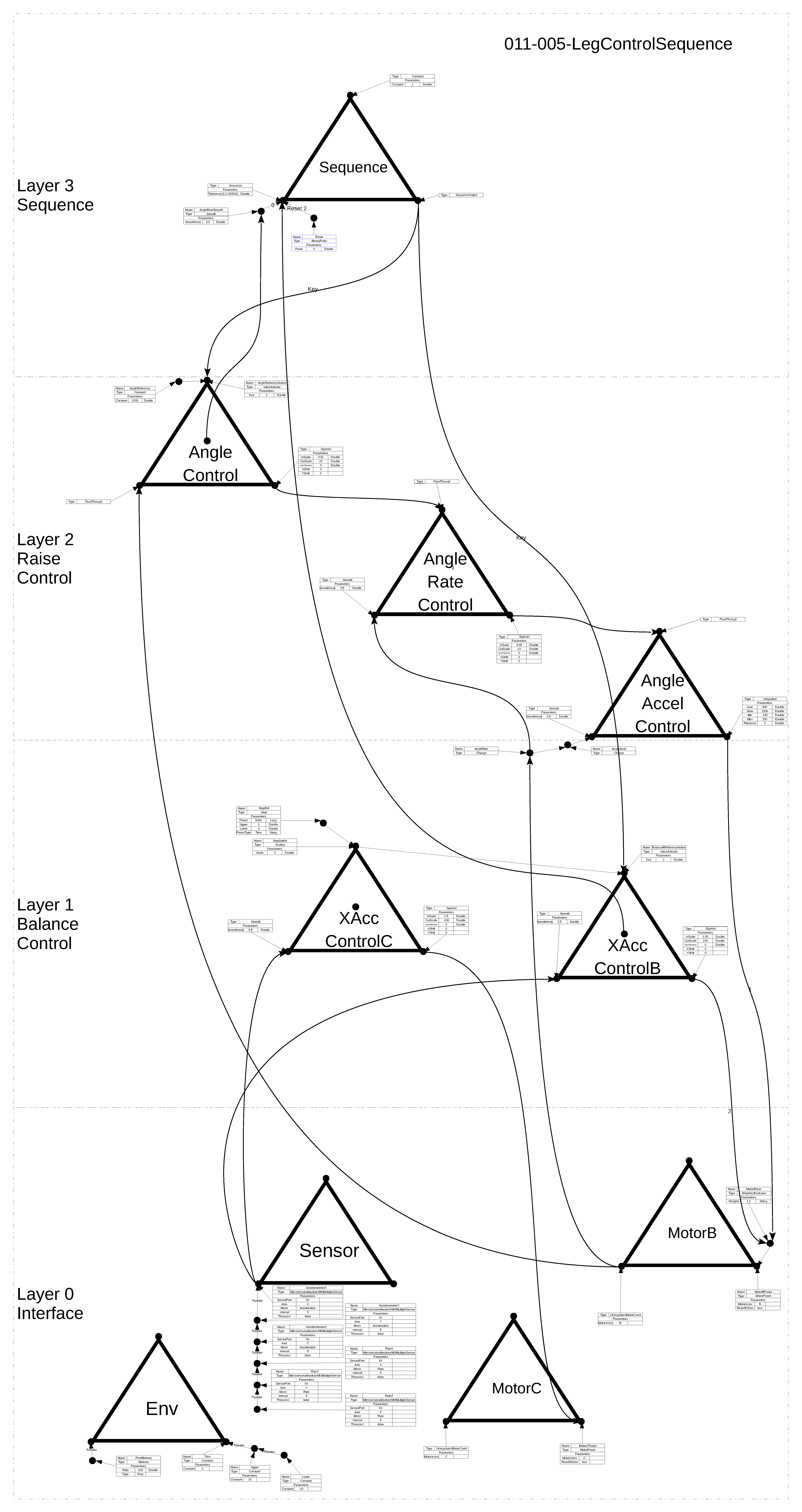
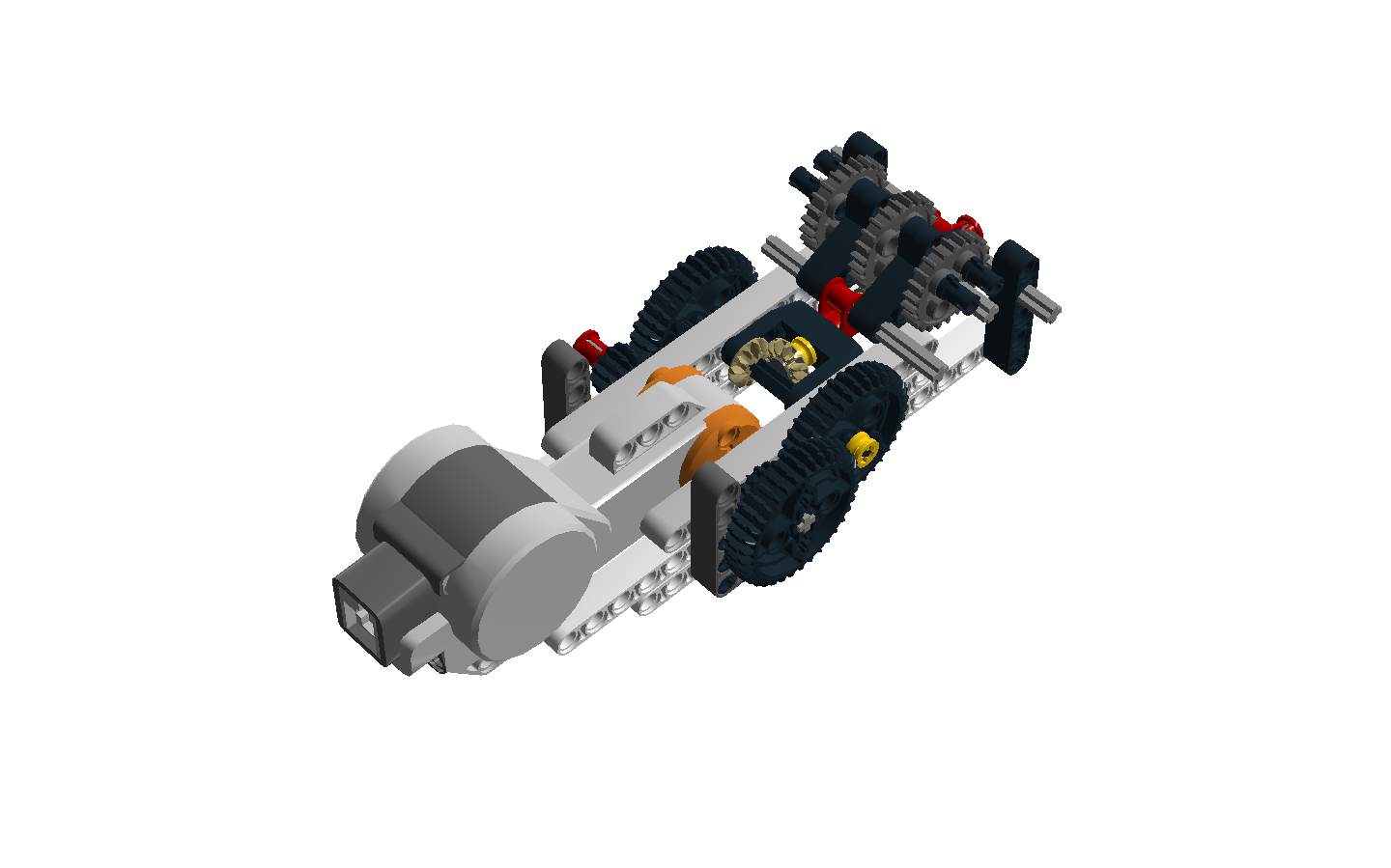
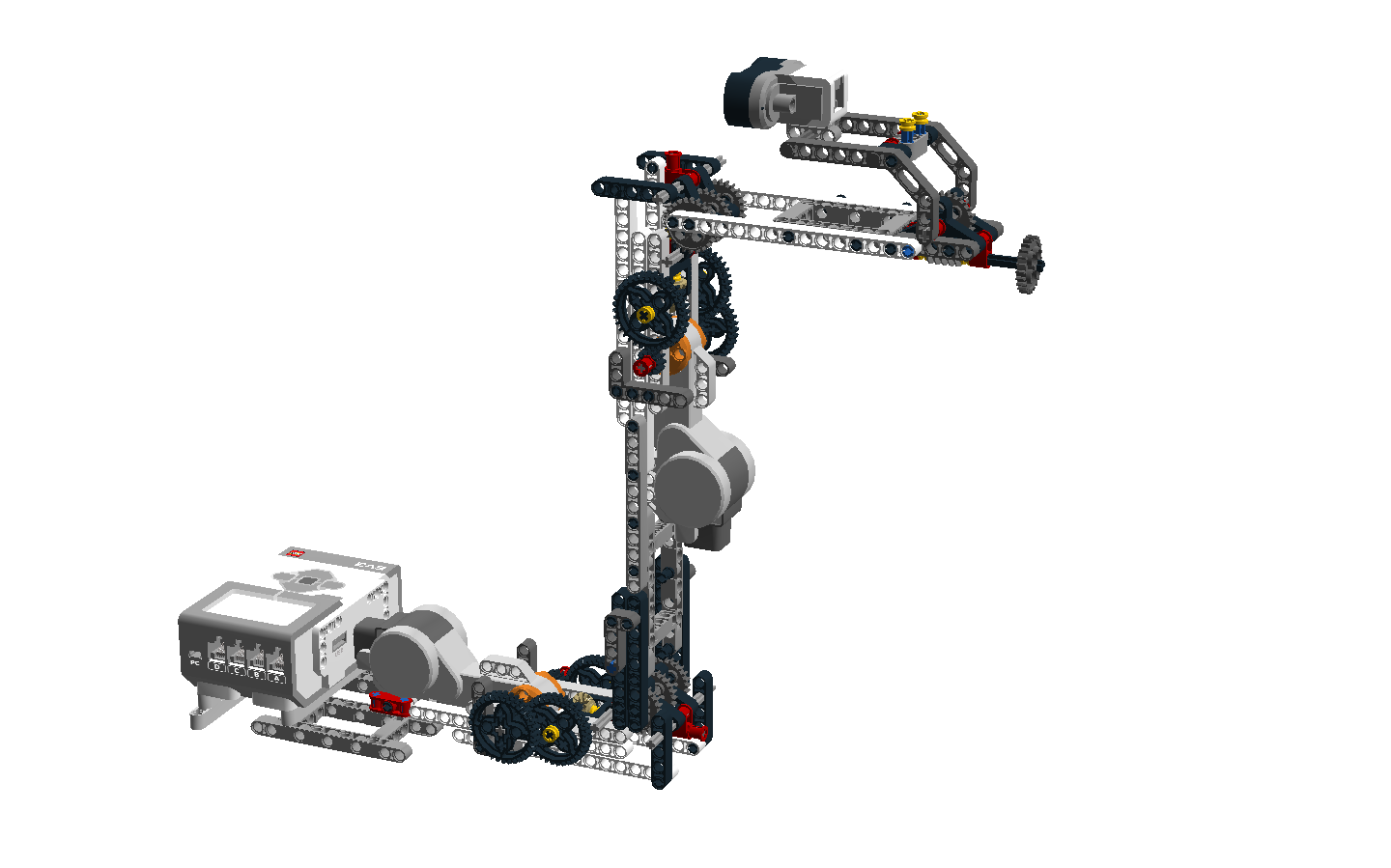
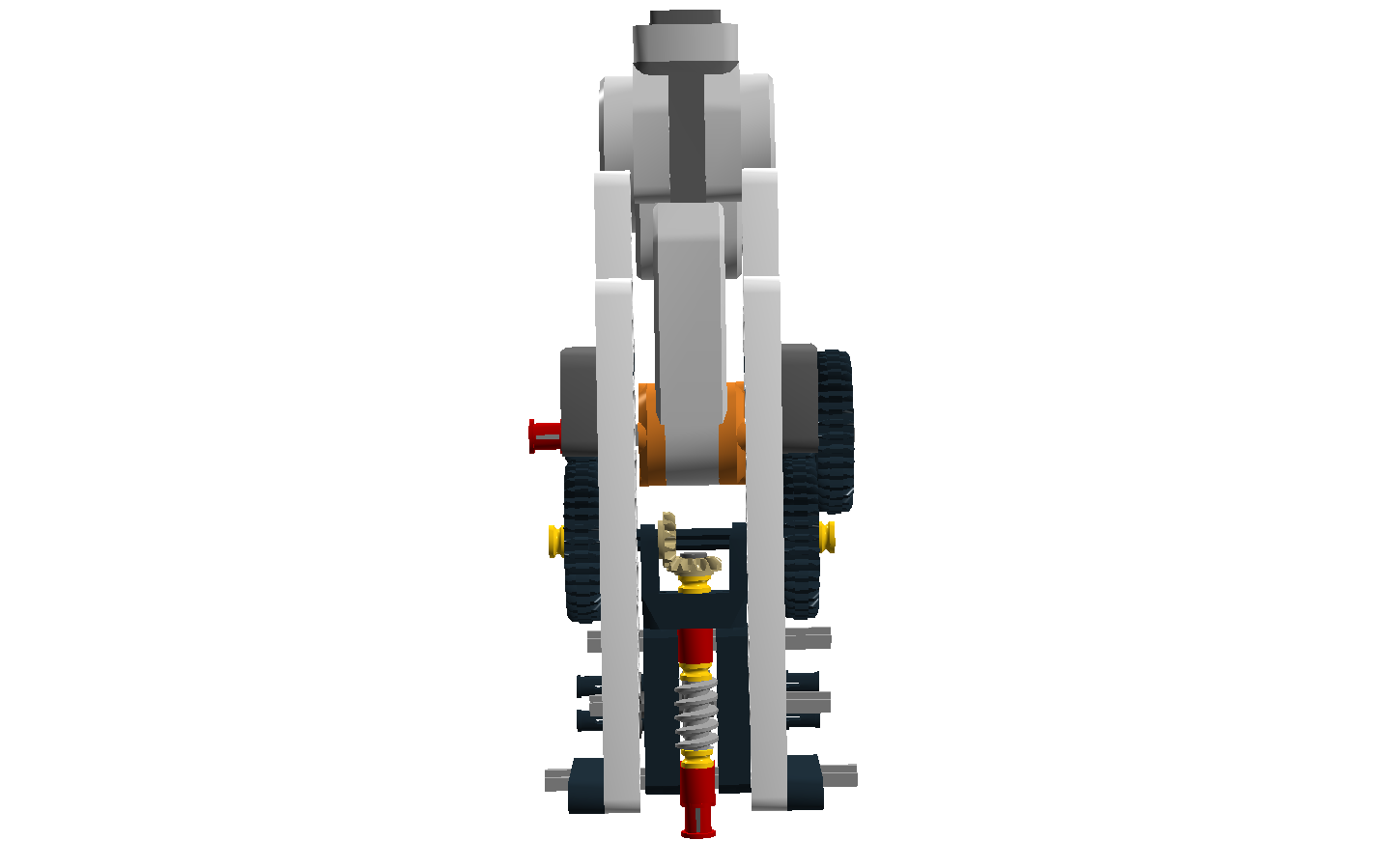

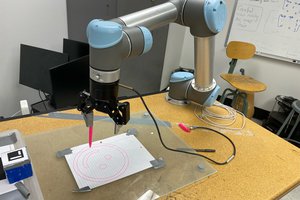
 Nyeli Kratz
Nyeli Kratz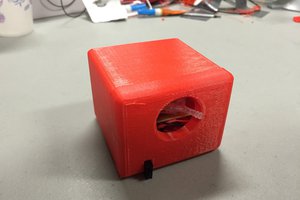
 Aidan Leitch
Aidan Leitch